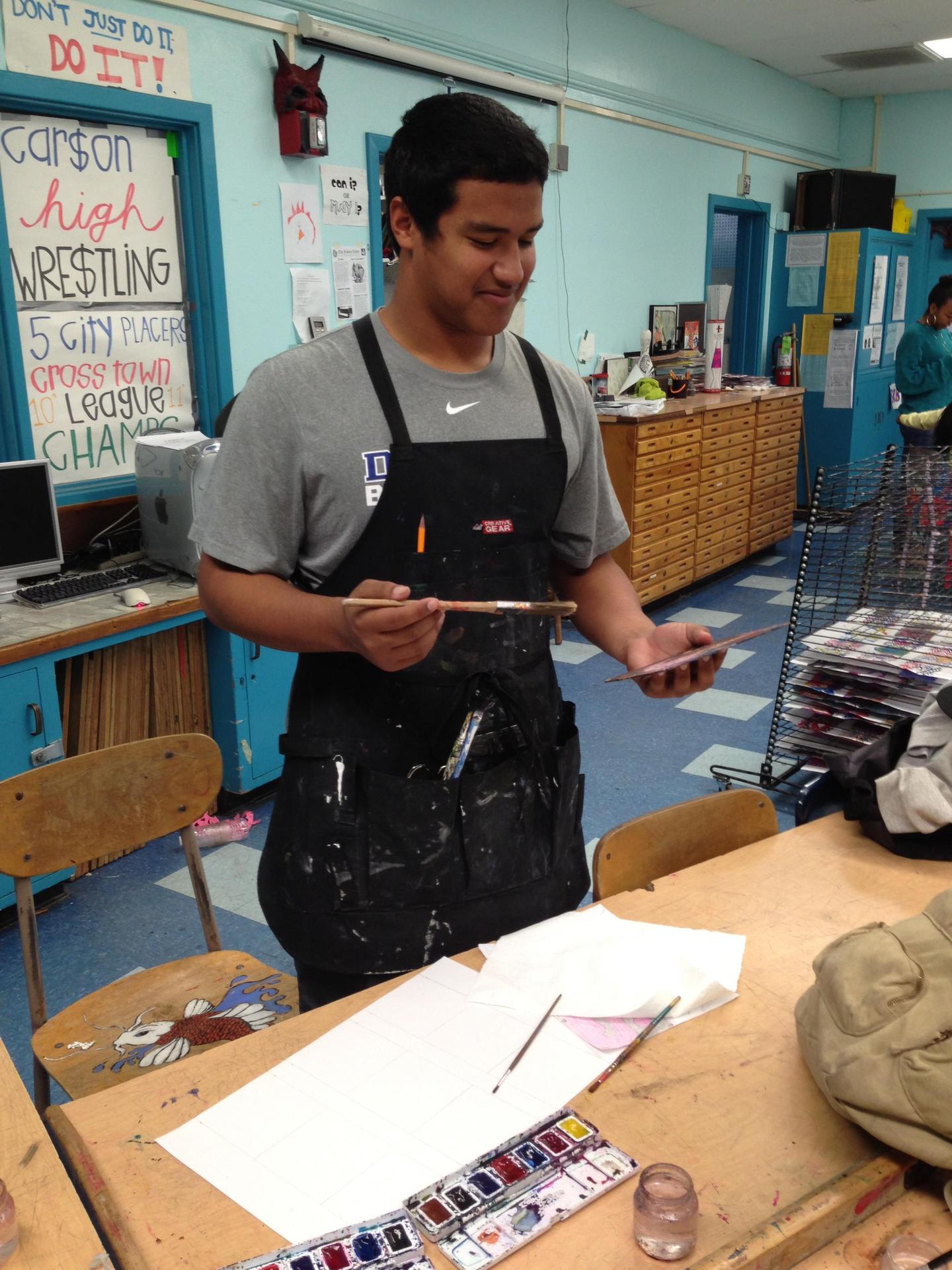Electives
Electives
WELCOME TO AEE ELECTIVES!
- Art: Digital Imaging, Introduction to Art
- Computer Science: AP Computer Science Principles, Exploring Computer Science, Game Design
- Career Tech: Child Development, Educational Psychology of Children, Leadership
CHILD EDUCATIONAL PSYCHOLOGY OF CHILDREN CURRICULUM MAP
Department Curriculum Plan
Department: Electives Time Frame: First Five Weeks of Fall
|
Teacher and Class |
Unit Title + Texts / Content |
Students will be able to… (Common Core Standards Being Addressed) |
Culminating Task |
|
RENDON
Educational Psychology of Children
Week #1 |
*Detailed Lesson Plans |
A8.0: Select and apply developmentally appropriate practices for curriculum development. |
*Students will focus on basic components of a lesson plan; standard, goal, objective, multiple intelligences, and detailed instructions. Bloom’s Taxonomy and SDAIE strategies will be introduced and incorporated into detailed lesson plans. |
|
RENDON
Educational Psychology of Children
Weeks 2-4
|
*Special Education |
C5.4: Assess and evaluate evidence-based educational practices for the inclusion of children and adolescents with special needs. |
*Causes, Medication, Accommodations, and instruction for students with special needs; ADD/ADHD, Dyslexia, Mental Retardation, Tourrettes Syndrome, Down’s Syndrome, Cerebral Palsy, and Autism/Aspergers are addressed. *Participation in the annual Down’s Syndrome Buddy Walk |
|
RENDON
Educational Psychology of Children
Week #5 |
*Educational Theorists |
*C11.4: Analyze a variety of individual and group teaching strategies and learning theories that promote effective learning |
*Howard Gardner, Jean Piaget, Sigmund Freud, Erik Erikson, Maslow, and Maria Montessori’s theory on Education is introduced and explored. |
ART CURRICULUM PLAN
Department Curriculum Plan
Department: Art
Time Frame: 5 weeks
|
Teacher and Class |
Unit Title + Texts / Content |
Students will be able to… (Common Core Standards Being Addressed) |
Culminating Task |
|
Soltysik, Digital Imaging
|
First Unit: Introduction letters |
Standards: 3.2 Identify and describe the role and influence of new technologies on contemporary works of art. |
Introduction letters with digital image |
|
Soltysik, Introduction to Art
|
First Unit: Value |
Standards: 2.1 Solve a visual arts problem that involves the effective use of the elements of art and the principles of design. 2.4 Review and refine observational drawing skills. |
|
|
Soltysik, Dig. Image
|
Second Unit: Value |
Same as above Additional Standards: 2.3 Develop and refine skill in the manipulation of digital imagery (either still or video). |
|
|
Soltysik, Intro Art
|
Second Unit: Texture |
Standards: 2.1 Solve a visual arts problem that involves the effective use of the elements of art and the principles of design. |
Microorganism design
|
|
Soltysik, Dig Image, Intro Art |
Third Unit: 4 Color analysis |
Standards: 1.1 Identify and use the principles of design to discuss, analyze, and write about visual aspects in the environment and in works of art, including their own. 4.3 Formulate and support a position regarding the aesthetic value of a specific work of art and change or defend that position after considering the views of others. 4.5 Employ the conventions of art criticism in writing and speaking about works of art. |
4 color analysis writing |
|
Soltysik, Dig Image |
Fourth Unit: Space |
Standards: 2.1 Solve a visual arts problem that involves the effective use of the elements of art and the principles of design. |
Two point perspective word |
|
Soltysik, Intro Art |
Fourth Unit: Space |
Standards: 2.1 Solve a visual arts problem that involves the effective use of the elements of art and the principles of design. |
Two point perspective city |









| JANE LOH | Computer Science |
| DENISE RENDON | Career Tech Electives & AEE Leadership |
| STEVEN SOLTYSIK | Art/Electives |
